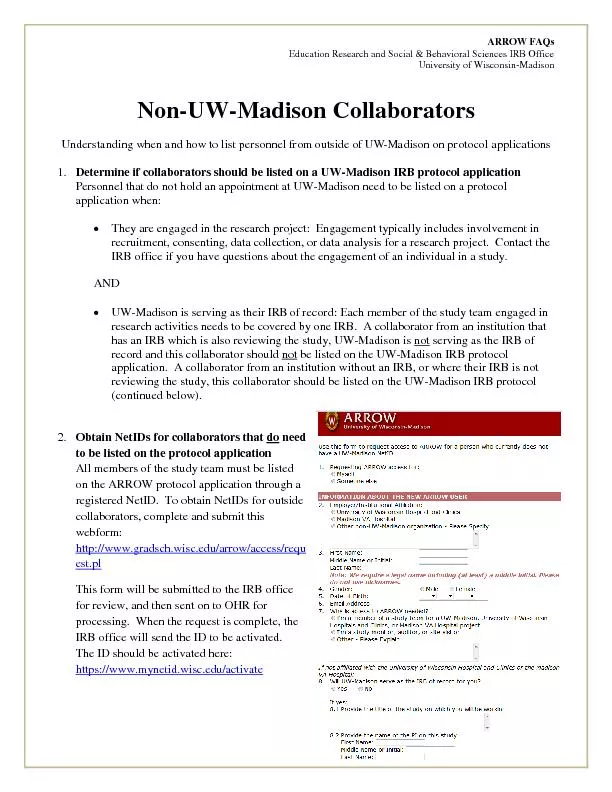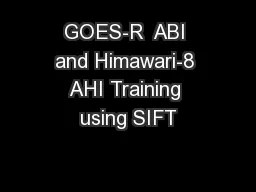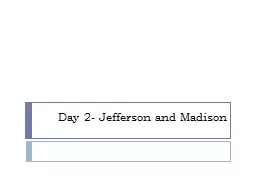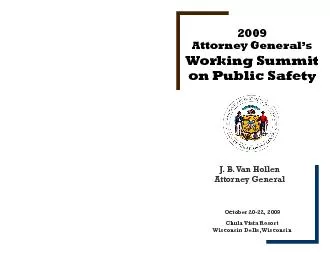PPT-Paul Suganthan G. C. University of Wisconsin-Madison Joint work with
Author : cheryl-pisano | Published Date : 2019-11-01
Paul Suganthan G C University of WisconsinMadison Joint work with Sanjib Das AnHai Doan Jeffrey F Naughton Ganesh Krishnan Rohit Deep Esteban Arcaute Vijay Raghavendra
Presentation Embed Code
Download Presentation
Download Presentation The PPT/PDF document "Paul Suganthan G. C. University of Wis..." is the property of its rightful owner. Permission is granted to download and print the materials on this website for personal, non-commercial use only, and to display it on your personal computer provided you do not modify the materials and that you retain all copyright notices contained in the materials. By downloading content from our website, you accept the terms of this agreement.
Paul Suganthan G. C. University of Wisconsin-Madison Joint work with: Transcript
Download Rules Of Document
"Paul Suganthan G. C. University of Wisconsin-Madison Joint work with"The content belongs to its owner. You may download and print it for personal use, without modification, and keep all copyright notices. By downloading, you agree to these terms.
Related Documents














